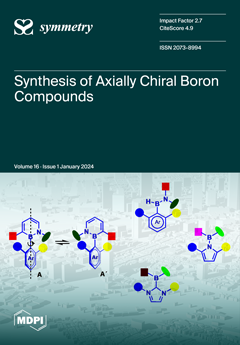In the near future, the incorporation of shared electric automated and connected mobility (SEACM) technologies will significantly transform the landscape of transportation into a sustainable and efficient mobility ecosystem. However, these technological advances raise complex scientific challenges. Problems related to safety, energy efficiency,
[...] Read more.
In the near future, the incorporation of shared electric automated and connected mobility (SEACM) technologies will significantly transform the landscape of transportation into a sustainable and efficient mobility ecosystem. However, these technological advances raise complex scientific challenges. Problems related to safety, energy efficiency, and route optimization in dynamic urban environments are major issues to be resolved. In addition, the unavailability of realistic and various data of such systems makes their deployment, design, and performance evaluation very challenging. As a result, to avoid the constraints of real data collection, using generated artificial datasets is crucial for simulation to test and validate algorithms and models under various scenarios. These artificial datasets are used for the training of ML (Machine Learning) models, allowing researchers and operators to evaluate performance and predict system behavior under various conditions. To generate artificial datasets, numerous elements such as user behavior, vehicle dynamics, charging infrastructure, and environmental conditions must be considered. In all these elements, symmetry is a core concern; in some cases, asymmetry is more realistic; however, in others, reaching/maintaining as much symmetry as possible is a core requirement. This review paper provides a comprehensive literature survey of the most relevant techniques generating synthetic datasets in the literature, with a particular focus on the shared electric automated and connected mobility context. Furthermore, this paper also investigates central issues of these complex and dynamic systems regarding how artificial datasets could be used in the training of ML models to address the repositioning problem. Hereby, symmetry is undoubtedly a crucial consideration for ML models. In the case of datasets, it is imperative that they accurately emulate the symmetry or asymmetry observed in real-world scenarios to be effectively represented by the generated datasets. Then, this paper investigates the current challenges and limitations of synthetic datasets, such as the reliability of simulations to the real world, and the validation of generative models. Additionally, it explores how ML-based algorithms can be used to optimize vehicle routing, charging infrastructure usage, demand forecasting, and other important operational elements. In conclusion, this paper outlines a series of interesting new research avenues concerning the generation of artificial data for SEACM systems.
Full article





